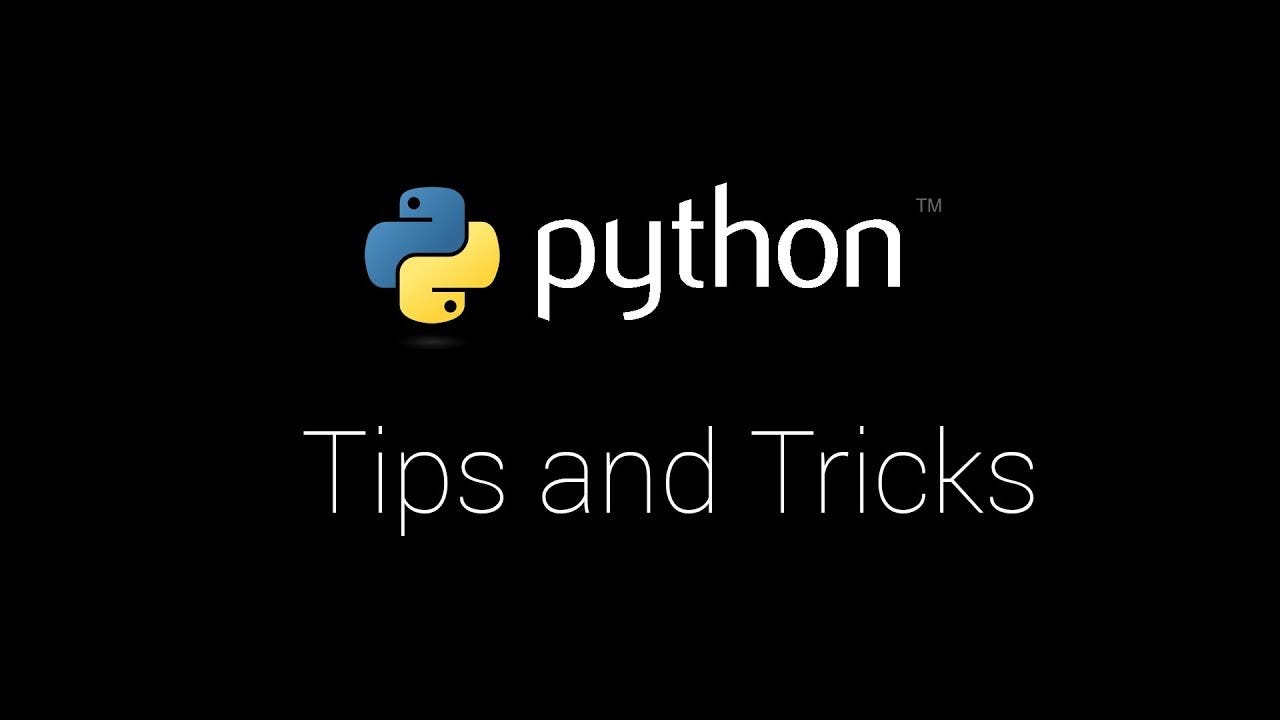Here are the methods on how to load data efficiently with Pandas:
- Use the right data structure. The data structure you choose can have a big impact on the efficiency of loading and processing data. For example, if you have a large dataset, you may want to use a data structure that is designed for efficient storage and retrieval, such as a NumPy array or a Pandas DataFrame.
- Use the right tools. There are a number of tools available in Pandas that can help you load data more efficiently. For example, the
pandas.read_csv()function has a number of options that can be used to improve the performance of loading a CSV file. - Optimize your code. There are a number of ways to optimize your code to improve the efficiency of loading data. For example, you can use functions to avoid repeating code, and you can use generators to load data lazily.
Here are some specific examples of how to load data efficiently with Pandas:
- To load a CSV file, you can use the
pandas.read_csv()function. This function will read the CSV file and return a Pandas DataFrame.
df = pd.read_csv("data.csv")
- To load a JSON file, you can use the
pandas.read_json()function. This function will read the JSON file and return a Pandas DataFrame.
df = pd.read_json("data.json")- To load a SQL database, you can use the
pandas.read_sql()function. This function will connect to the database and return a Pandas DataFrame.
df = pd.read_sql("SELECT * FROM table", "database")By following these tips, you can load data more efficiently with Pandas and improve the performance of your applications.
Here are some additional tips:
- Use a smaller sample of the data. If you only need to work with a small subset of the data, you can use the
.sample()method to select a random sample of the data. This can be useful if you are working with a large dataset and you want to avoid loading the entire dataset into memory. - Use a data cache. If you are loading the same data repeatedly, you can use a data cache to store the data in memory. This can improve the performance of loading the data by avoiding the need to read the data from disk each time.
- Use a distributed computing framework. If you have a large dataset, you can use a distributed computing framework to load the data in parallel. This can significantly improve the performance of loading the data.

























